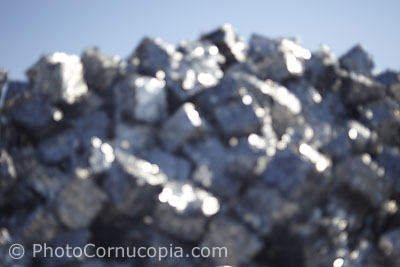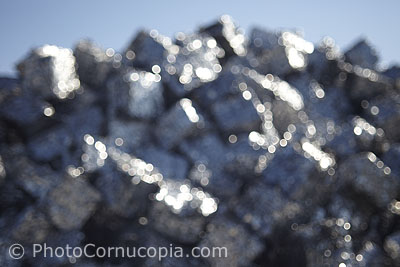Over the years I have noticed that those lenses that I use the most are outstanding in areas other than straight resolution. There are 4 things that I noticed, only 1 of which gets much attention in reviews. These are
1. Colour. Very rarely covered by reviews apart from a few words. Colour can be how well the lens renders colour and the intensity of colours. The very best lenses often render colour much better than not so good lenses. When you use these lenses you always think, "Wow, the colour with this lens looks great", but how do you measure it?
2. Contrast. This is measurable, but few people ever do it (it must be complicated), but it does make a big difference.
3. Bokeh. This is critical if you shoot wide open or near to, but how do you quantify it? Consequently there is little space given to an analysis of it.
4. Distortion. This is covered extensively by most reviews as it can easily be measured.
I tend to look for these things in reviews and will often take more notice of them than any resolution tests, even though few words are devoted to them. Lenses like the Canon 50mm f1.8 ("Nifty fifty" ) are actually rated as being sharper than the Canon f1.2L, but in other respects the 1.2L easily wins (so it should too as it is a lot more expensive).







 Thanks useful information:
Thanks useful information: 










 Reply With Quote
Reply With Quote Add To Bookmarks
Add To Bookmarks



 Threadstarter
Threadstarter


